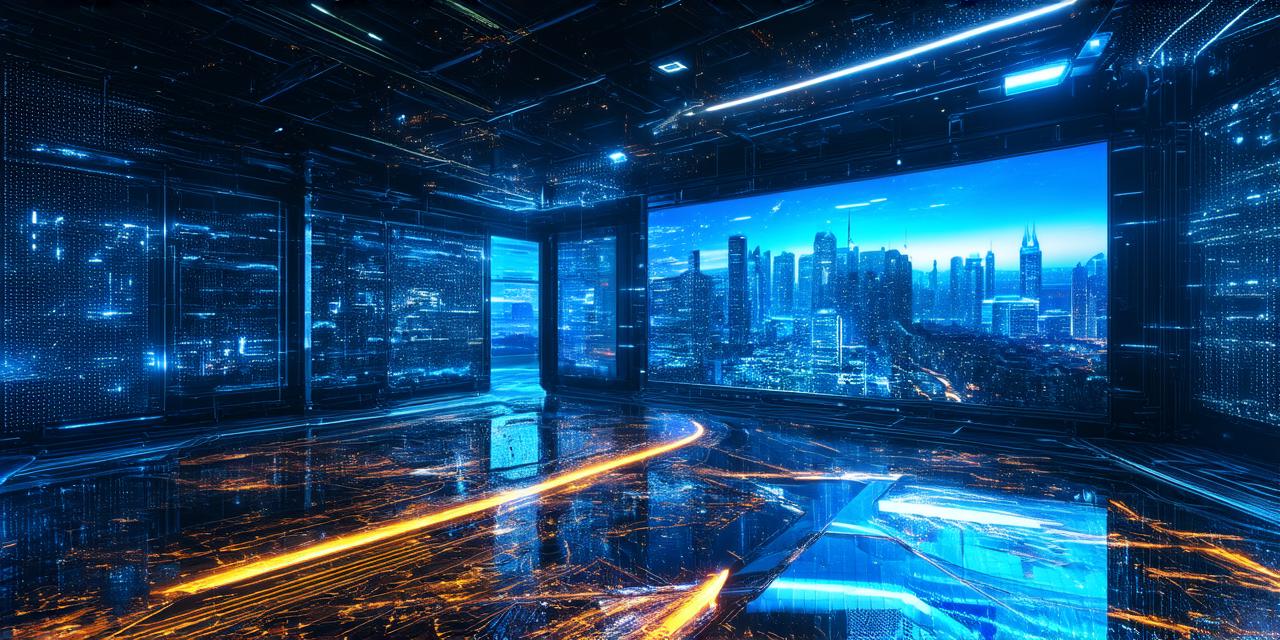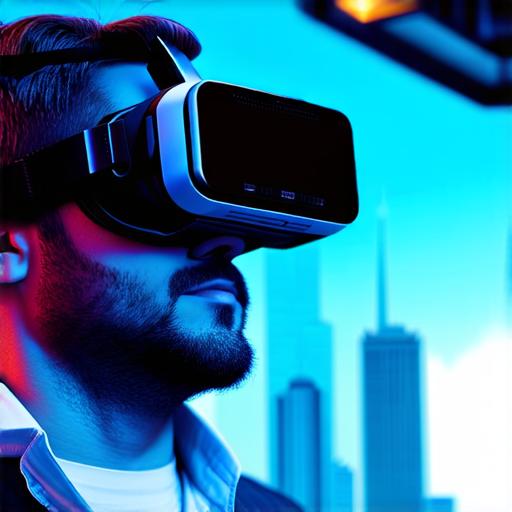
How real can virtual reality feel?
Virtual reality (VR) technology is rapidly evolving, and it’s no surprise that many people are asking how realistic virtual environments can truly feel. In this article, we’ll explore the various factors that contribute to a realistic VR experience and provide some real-life examples to illustrate these points.
1. Sensory immersion
One of the key factors in creating a realistic VR experience is immersing users in all five senses. While sight and sound are certainly important, touch, smell, and taste can also play a significant role in making a virtual environment feel more authentic. For example, a VR headset with haptic feedback technology can simulate the sensation of touching objects in a virtual world, while scent generators can create specific scents to enhance the overall immersion.
2. Motion sickness
One of the biggest challenges in creating a realistic VR experience is dealing with motion sickness. While some users may be able to tolerate the disorientation caused by VR headsets, others may become nauseous or dizzy after just a few minutes of use. To reduce the risk of motion sickness, developers can use techniques such as smoothing out movement transitions and adjusting the field of view to match users’ natural vision.
3. Social interaction
Another important factor in creating a realistic VR experience is social interaction. While many people enjoy exploring virtual environments on their own, interacting with other users can make the experience more engaging and immersive. Developers can create social spaces within virtual worlds where users can chat, collaborate, or simply hang out together.
4. Real-world inspiration
To create a truly realistic VR experience, developers must draw inspiration from the real world. This means carefully studying the natural environment and incorporating elements such as lighting, textures, and sound into virtual worlds to make them feel more authentic. By taking cues from the real world, developers can create immersive environments that feel like a natural extension of our everyday lives.
5. User feedback
Finally, user feedback is essential in creating a truly realistic VR experience. Developers must listen to feedback from users and use it to improve their virtual worlds over time. By continually refining their virtual environments based on user input, developers can create experiences that are more engaging, immersive, and enjoyable for everyone involved.
Real-life examples
Now that we’ve discussed the key factors in creating a realistic VR experience let’s take a look at some real-life examples to illustrate these points.
1. The Oculus Quest 2:
This VR headset features haptic feedback technology, allowing users to feel the sensation of touching objects in a virtual world. It also has a wide field of view and smooth movement transitions to reduce motion sickness.

2. VRChat:
This social platform allows users to interact with each other in virtual environments. Users can collaborate on projects, explore new worlds together, or simply hang out and chat.
3. The Virtual Tourism Experience:
Developed by researchers at the University of Sussex, this VR experience uses real-world images and sounds to create a highly immersive travel experience. Users can explore virtual versions of popular tourist destinations such as Paris, New York, and Tokyo without ever leaving their homes.
4. Virtual Reality Training:
Many industries are using VR technology for training purposes, allowing employees to practice skills in safe and controlled environments. For example, medical students can use VR simulations to practice surgeries, while military personnel can use VR to simulate battlefield scenarios.


